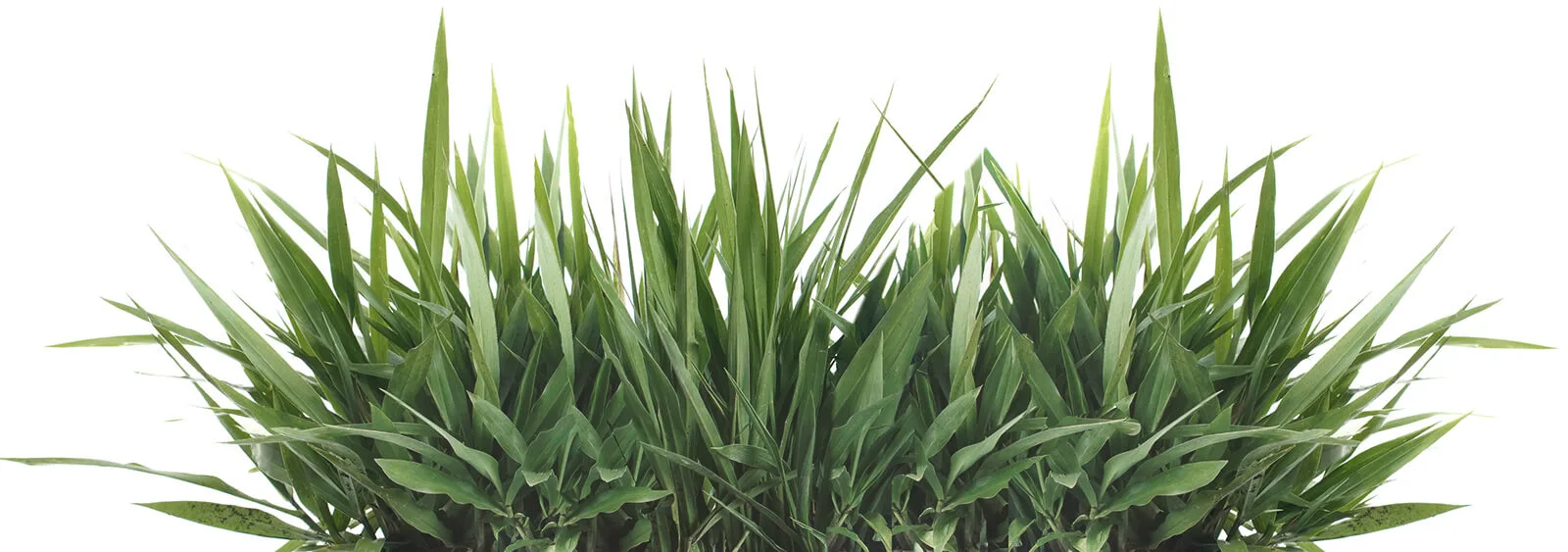
Finding trustworthy, reliable professionals for any job can be a difficult, time-consuming task. If you need work done quickly and within budget, we can help. Just fill out the form, and you’ll hear back within a few business hours.
We will never sell or distribute your private information.